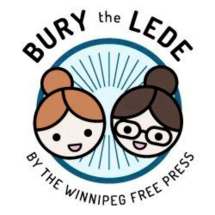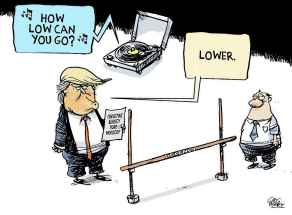A star is reborn Writers Erin Lebar and Jen Zoratti decide how all four film versions stack up
Read this article for free:
or
Already have an account? Log in here »
To continue reading, please subscribe:
Monthly Digital Subscription
$0 for the first 4 weeks*
- Enjoy unlimited reading on winnipegfreepress.com
- Read the E-Edition, our digital replica newspaper
- Access News Break, our award-winning app
- Play interactive puzzles
*No charge for 4 weeks then price increases to the regular rate of $19.00 plus GST every four weeks. Offer available to new and qualified returning subscribers only. Cancel any time.
Monthly Digital Subscription
$4.75/week*
- Enjoy unlimited reading on winnipegfreepress.com
- Read the E-Edition, our digital replica newspaper
- Access News Break, our award-winning app
- Play interactive puzzles
*Billed as $19 plus GST every four weeks. Cancel any time.
To continue reading, please subscribe:
Add Free Press access to your Brandon Sun subscription for only an additional
$1 for the first 4 weeks*
*Your next subscription payment will increase by $1.00 and you will be charged $16.99 plus GST for four weeks. After four weeks, your payment will increase to $23.99 plus GST every four weeks.
Read unlimited articles for free today:
or
Already have an account? Log in here »
Hey there, time traveller!
This article was published 05/10/2018 (2624 days ago), so information in it may no longer be current.
Movie remakes can be a tough sell at the best of times. But what about a remake of a remake of a remake?
For more insights from Jen and Erin, listen to their weekly pop-culture podcast Bury the Lede.
The story at the heart of A Star Is Born, starring Bradley Cooper and Lady Gaga, has been told on the silver screen not once but three times before: with Kris Kristofferson and Barbra Stresiand in 1976, with James Mason and Judy Garland in 1954, and with Frederic March and Janet Gaynor in 1937. And while the times (and dreams) may change, the central conceit remains the same: a troubled famous actor (or musician) discovers — then falls in love with — an aspiring performer, and her star ascends just as his begins to fade.
With the latest film in theatres now, Free Press culture writers Erin Lebar and Jen Zoratti decided to watch and discuss all four versions of A Star Is Born. Warning: major spoilers ahead.
Jen Zoratti: So, I actually didn’t know anything about A Star Is Born heading into the newest movie; it was a bit of a pop-culture blind spot for me. And the trailer for the Bradley Cooper/Lady Gaga remake looked cheesy. I was pleasantly surprised by the newest one, but I have to say I was most charmed by the 1937 original starring the delightful Janet Gaynor as aspiring actress-turned-breakout star Esther Blodgett/Vicki Lester and Frederic March as the falling-out-of-favour movie star Norman Maine. She was so sassy. Of all the leading ladies — Gaynor, Judy Garland, Barbra Streisand and Lady Gaga — she was my favourite. I also appreciated that all four of them are unconventional beauties, although that lended itself to a trope I deeply dislike: “You don’t know how beautiful you are — here, let me, a man, teach you so that I may be the gatekeeper of your confidence.” Cooper was my favourite Maine (note: this character has several iterations; in 2018 his name is Jackson Maine). Maine struggles with alcoholism, and I felt Cooper played the alcoholism piece with the most nuance and compassion. I know you’re a Frederic March girl: he was my second favourite.
Erin Lebar: Oh Freddie, how I love thee — he and Cooper were my favourite lead males as well. But yes, even though I knew he was in the 1930s version, I hadn’t seen it. Nor had I seen any of the other ones, so we’re in the same boat, blind spot-wise. Back to Cooper, though, I haven’t been a fan of his in the past, but he really won me over with this role. He was incredibly tender in his performance, which is what I also loved about March; to make the romance of this narrative work, that warmth has to be there. Kris Kristofferson and James Mason (who played the role in 1976 and 1954, respectively) really fell flat in that regard for me.
Jen: Yeah, Kristofferson/Streisand seemed to have more of a working relationship; I didn’t really feel the chemistry between them. I really didn’t like the 1954 version at all. Don’t get me wrong: Garland can sing, and I recognize it’s a musical, but there were too many overlong musical numbers. It just felt very bloated. And, unlike 1976 and 2018, it wasn’t enough of a retelling. Some scenes were shot for shot. I also felt it lacked the humour of the 1937 version; the great Dorothy Parker was one of the writers on that script, so no surprise it was more acerbic than the other ones. I think I liked the 1976 one more than you did — I liked that, as with the new one, it focused on music as opposed to Hollywood, and I appreciated the grit of it; Joan Didion and her husband John Gregory Dunne wrote it, along with the director Frank Pierson and you could tell. They were great chroniclers of counter-culture, and their take really captured that era in music.
Erin: I just felt Kristofferson was too violent, too volatile. It made it less clear why she would want to stay with him and give up her career for him. And I also didn’t appreciate how that film handled the eventual death of Kristofferson’s character, in a car crash rather than a suicide. That ruined an integral part of the story for me. But I agree with you about Gaynor’s sassy portrayal, I loved it so much! It felt so modern considering it was 1937. And I think Lady Gaga did the best at capturing that vibe again — she has the same kind of independent attitude that gives the character legs to stand on. Can I also add I found Barbra Streisand’s perm very distracting. Like, who invited Art Garfunkel?
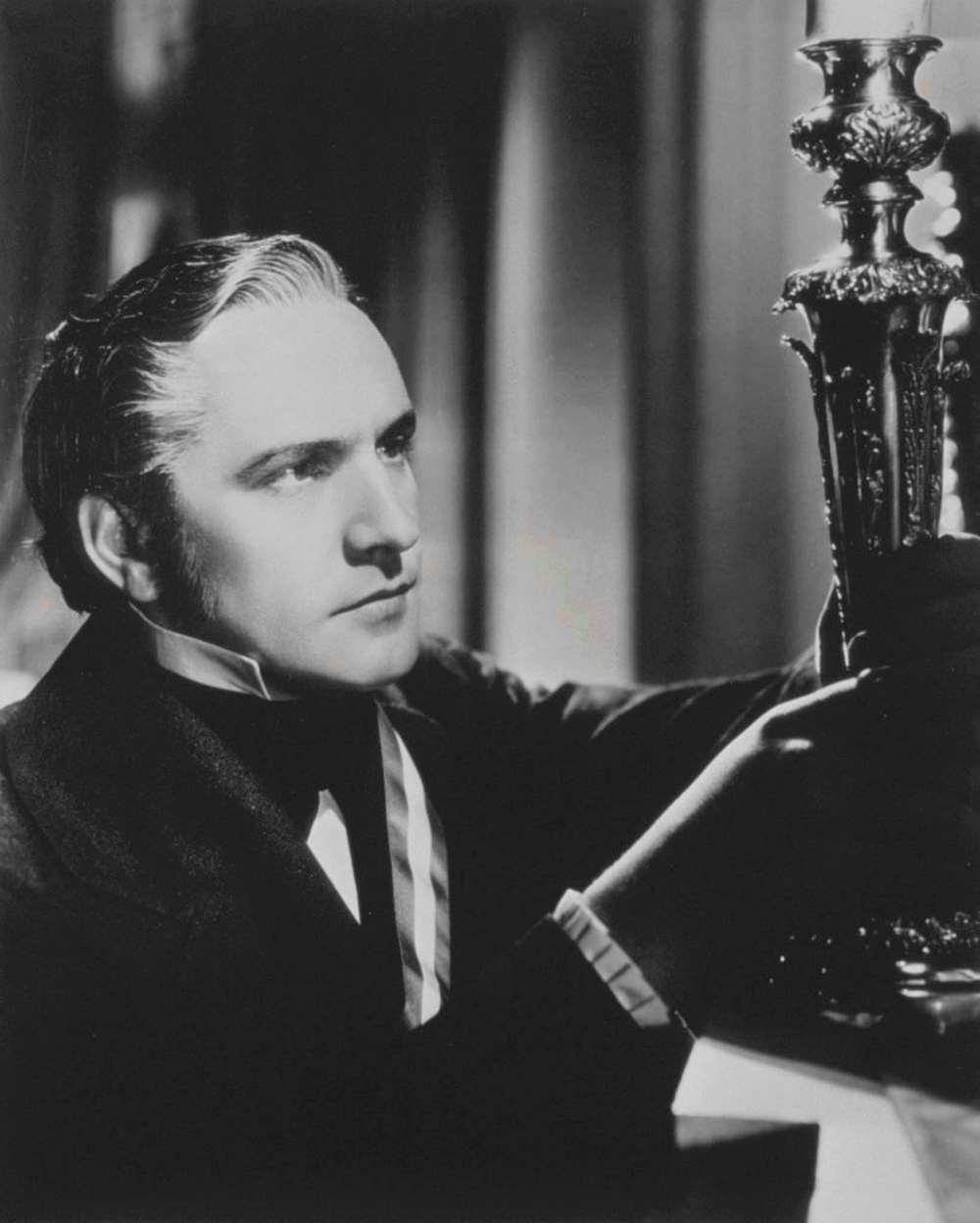
Jen: Yes, for me it was distractingly Bob Dylan-esque. Lady Gaga really impressed me overall with her performance. She really is a knockout singer. Like Streisand, she’s an institution — but unlike Streisand, I could forget, sometimes, that Gaga is Gaga. I was able to separate the two. I also really liked the songs in the latest one. After the screening, we mentioned that it reminded us of first season of the TV series Nashville; now I wonder if Nashville wasn’t just a riff on A Star is Born. Alcoholic country singer Deacon Claybourne (Charles Esten) reminded me so much of the Maine character, especially as Kristofferson played him, while queen of country Rayna James (Connie Britton) is very much an Esther. I also loved the through lines through all four iterations. So many Easter eggs. “I just want to take another look at you.”
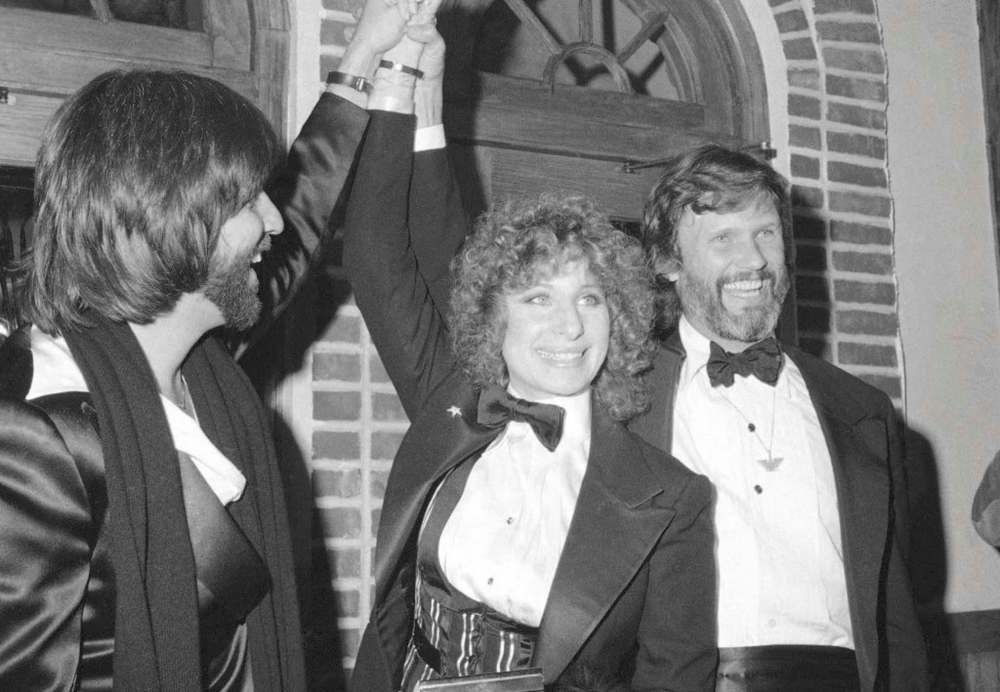
Erin Lebar: Yes! That is one reason why I’m glad we decided to watch all four in the span of a few days, all those links were fresh in our minds. There was a scene in each film dedicated to eyebrows, for example, and I thought it was a great way to pay respect to the history of the story in a very subtle way.
Jen: There’s definitely a clear fondness for the source material. The newer ones especially were faithful while still telling a new story.
Erin: Also, to jump back to the 1954 version, I was ready to love Judy Garland, but man, I hated it so much. It was so campy and in-your-face. And three hours long! I didn’t care about them at all. When they got married, I didn’t care. When her Oscars acceptance speech was ruined, I didn’t care. Even when he walked into the sea at the end, I didn’t care.
Jen Zoratti: You know what? None of the films made me cry, and I say this as a woman who is frequently wrecked by Pixar movies. I felt sad, but I didn’t cry. But I felt other intense emotions. Oh man, when Cooper shows up drunk to the Grammys, I had to watch through my fingers because I couldn’t take the second-hand embarrassment.
Erin: Yeah, that version of that moment was the only one that made me truly cringe. I did shed a single tear from just my right eye for Bradley Cooper, I will cop to that.
Jen: I think the 2018 and 1937 versions were the best. Like 1976, 2018 was a modern (for the time) retelling, and I loved how the 2018 version felt like a documentary. As well, I love how each film captured what ‘making it’ looks like in each respective decade; Gaynor’s bigger pile of fan mail versus Gaga’s Saturday Night Live appearance. It’s amazing how some things have changed, and others not at all.
Erin Lebar: That’s so true. And 2018 and 1937 were my favourites as well for similar reasons, though I think there’s merit in watching all of the older ones if you enjoy the Gaga/Cooper version. They gave a lot of context that made me appreciate the 2018 version more.
erin.lebar@freepress.mb.ca
jen.zoratti@freepress.mb.ca

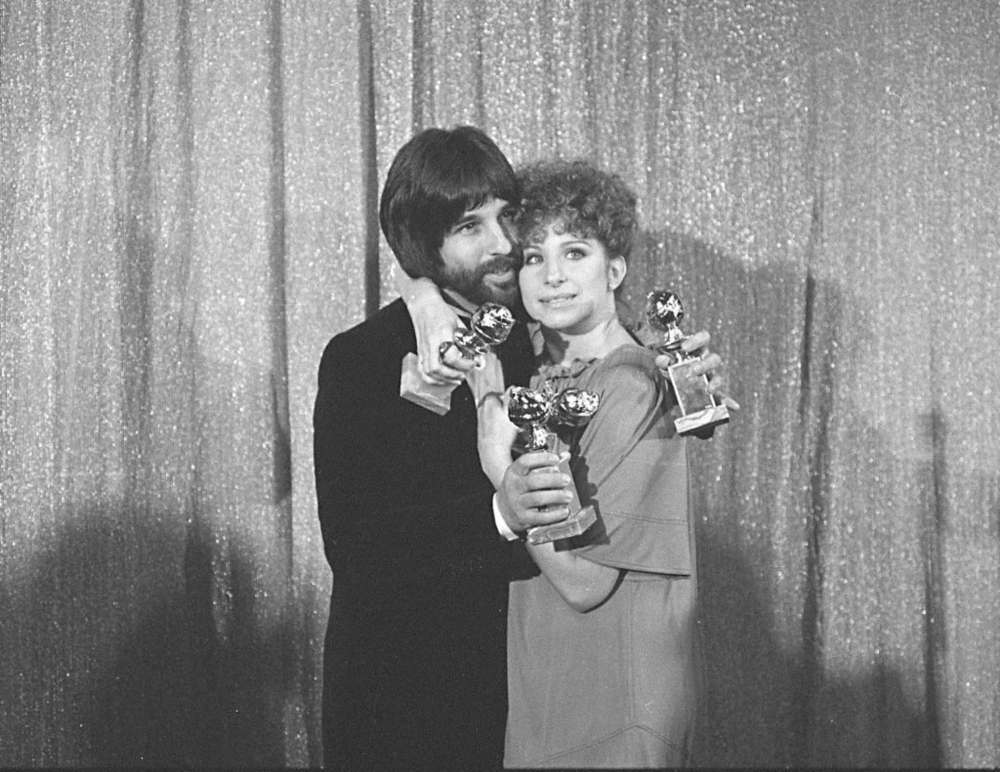


Jen Zoratti is a Winnipeg Free Press columnist and author of the newsletter, NEXT, a weekly look towards a post-pandemic future.
Our newsroom depends on a growing audience of readers to power our journalism. If you are not a paid reader, please consider becoming a subscriber.
Our newsroom depends on its audience of readers to power our journalism. Thank you for your support.
History
Updated on Monday, October 8, 2018 3:55 PM CDT: fixes typo











